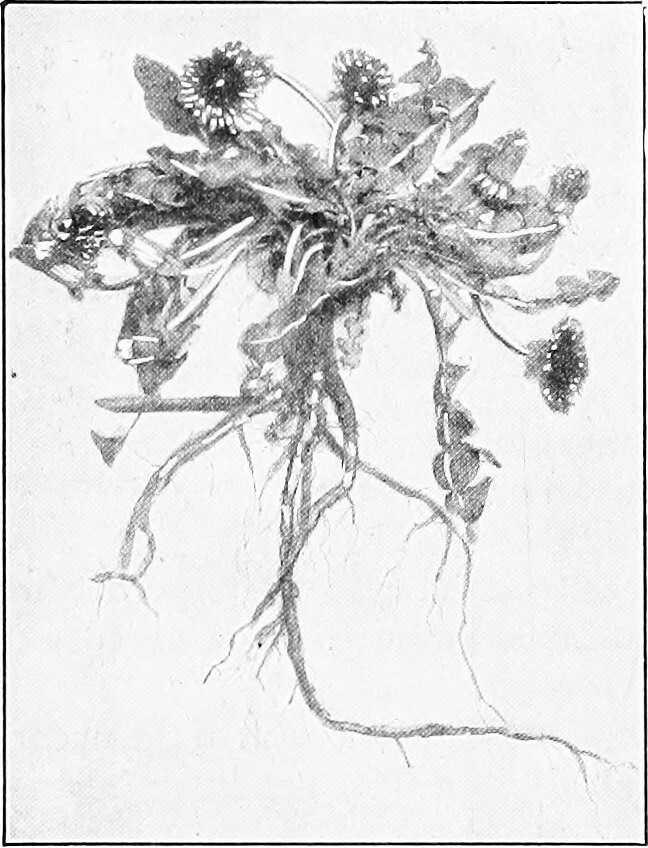by Yvette Henson
Sweet Annie, Artemisia
annua
Sweet Annie photo credit Johnnyseeds.com
Once established in your garden, Sweet Annie is a politely
re-seeding cool-season annual with a wonderful sweet and tangy fragrance to the
foliage and flowers. You can sew them
outdoors a few weeks before the last frost in the spring but be patient—they can
take a little while to germinate. Sweet
Annie is most commonly grown for the foliage to use as a base for wreaths. It can grow quite tall (up to 6’ tall and 3’
wide) but it stays around 3’ in my cooler, higher elevation garden. It will be shorter grown from transplants than
from seed. It needs sun and well-drained
soil. It should be harvested when the
small yellow flowers just begin to open.
If you wait too long, they will shatter and make a mess.
Globe amaranth, Gomphrena
globosa
Orange globe amaranth photo credit mountainlilyfarm.com
Globe amaranth is the only warm season annual that I included
in this blog. It is an old fashioned
flower that makes a good bedding plant, cut flower and dried flower. The most common colors are a range of pinks
and purples but they come in whites, oranges and reds. Given sunny and warm conditions, they grow
quickly to 1-3’, depending on the variety.
They need medium to dry well-drained soil. If they are planted close together, they may
grow longer stems. They dry best hung
upside down in a shady, well-ventilated location. If dried upright in a vase, the flower stem
may bend near the head.
Love-in-a-mist, Nigela
damascena
Love-in-a-mist photo credit monicelloshop.org
Love-in-a-mist is a cool-season annual with white, blue and
pink flowers. It grows 1.5 -2’ tall and
wide. It likes well-drained, medium-moist
soil and full sun. The flowers, feathery
foliage and seed pods make great cut flowers. The bristly, beige, inflated seed
heads dry better than the flowers but the flowers can be dried too. Their color will fade slightly when dry.
Painted sage, Salvia
viridis (syn. Salvia horminum)
Painted sage photo credit Trade Winds Fruit
Painted sage or annual clary sage is a hardy annual that
prefers well-drained soil and full sun to part shade. It grows upright to 2’x1’. The showy white, pink or purple parts of the inflorescence
are actually colored bracts that hold long after the tiny flowers are spent. It is a lovely cut flower and dries well.
Bells of Ireland, Molucella
laevis
Bells of Ireland photo credit seedsavers.org
Bells of Ireland is a half-hardy annual that grows better
from seed than transplants. Plant seed
early in the spring when the ground is still cool. It grows upright 2-3’x1’ wide. It prefers
moist, humus-rich, well-drained soil and full sun to part shade. The showy parts of the inflorescence are the
green calyxes. They will retain their color
when drying if placed upright in a vase filled with only 1 inch or so of
water. This allows a slow dry down as
the water is used up. Also, when you cut
the stem, before placing it in the water, singe it with a match flame to
prevent the sticky sap from blocking its ability to take up water.
After writing this blog, I want to grow every one of these
this summer! Most of the seeds can be
found wherever seeds are sold.






















